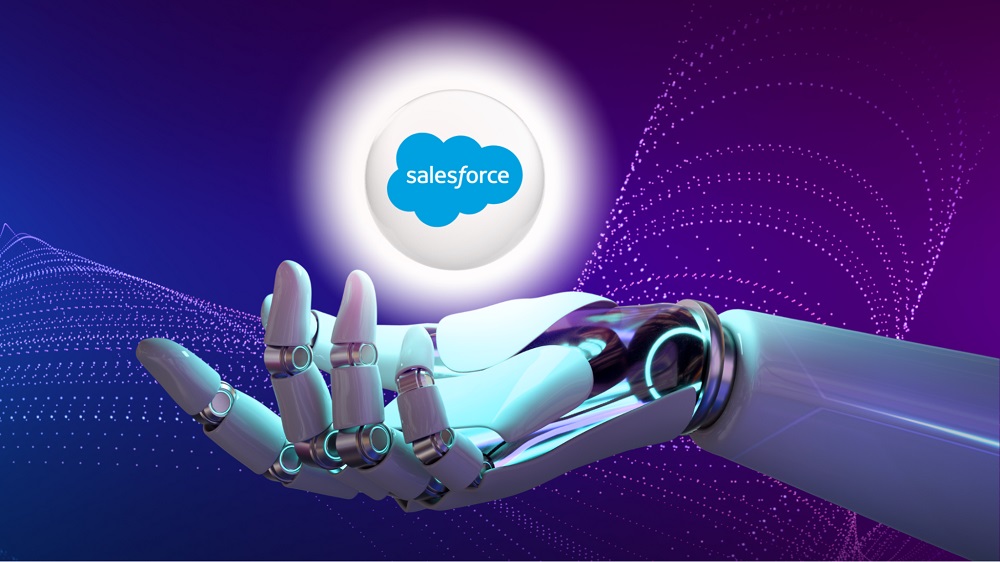When foundation models cracked the natural language barrier, software itself began to feel less like a rigid tool and more like a collaborator. Suddenly, generative AI (GenAI) wasn’t just speeding up old processes—it was rearchitecting the very DNA of insurance operations. What we’re watching now isn’t an incremental shift. It’s a binary big bang: the rise of agents that don’t just crunch numbers, but actually build, test, and deploy applications across the insurance enterprise.
Insurers are no longer just automating; they’re assembling something closer to a cognitive digital brain—a living, evolving system where each AI agent strengthens the whole.
So, What Exactly Are AI Agents?
Think of AI agents as autonomous problem-solvers with a job to do.They’re goal-oriented systems powered by multimodal foundation models that can reason, learn, and act with minimum human intervention. They are more than just “chatbots with richer vocabularies”; they may perform extremely specialized tasks throughout the software lifecycle by utilizing external tools, APIs, and datasets.
Insurers are already envisioning their use in the following ways:
The requirement agent examines requirements, monitors progress, and makes sure that they are in line with business objectives, much like an experienced project manager with extensive industry expertise.
The Code Agent: A methodical developer who breaks down a software issue into orderly, logical parts and produces function-oriented code that neatly corresponds to specifications.
The testing agent is a virtual version of the end user that does stress tests and simulations to find defects before clients ever see them.
The Deployment & Support Agent: A quiet but crucial handoff expert—pushing code into production, monitoring environments, and rolling out fixes in real time.
Together, these agents form a self-propelling ecosystem that can shorten development cycles from months to days, while also cutting human error down to almost nothing.
The Importance of Autonomy, Abstraction, and Abundance for Insurers
Efficiency is not the only reason AI is being used in insurance. It also involves changing the industry’s experience and economics. This evolution is being driven by three principles:
1.Plenty Leaving Legacy Shackles Behind

Innovation is taxed by legacy technology. Resources that should be used to support expansion are drained by outdated codebases and skyrocketing maintenance expenses. GenAI agents are capable of rewriting programs, reducing technical debt at scale, and reverse-engineering legacy systems.
It is understandable why 78% of insurance executives think AI agents would completely change the way digital systems are developed. Modernization is essential to their survival; it is not an option.
2.Abstraction: Simplifying the Complicated
GenAI excels at converting challenging jobs into simple processes. Imagine AI copilots guiding underwriting or claims judgments, streamlining decisions, revealing insights, and providing real-time coaching to staff members. or client portals where customization is integrated into the programming rather than being added as an afterthought.
This is design alchemy, which turns complex procedures into human-like experiences, not just efficiency.
3.Independence: From Copilots to Colleagues
Autonomy is the ultimate goal of AI in insurance. Humans can concentrate on strategy, empathy, and the messy complexity of real life when there are systems that not only make suggestions but also make decisions and take action. Insurers may hard-code institutional knowledge, value chains, and even ethical guidelines into self-governing systems that function at scale by integrating data profoundly into these cognitive digital brains.The Data Dividend
At its core, insurance is a data business. And here’s where AI is quietly reshaping the game:

Generating documentation, user stories, and test cases automatically
Configuring applications into modern platforms
Rewriting old code into sleek, modern tech stacks
Rethinking requirements before development even begins
Serving up business-ready test scenarios before a single feature is built
This isn’t “data management” as insurers once knew it. It’s data orchestration, turning raw information into living assets that can continuously improve underwriting, pricing, and claims.
Now, QBE can process 100% of broker submissions in some product lines—checking appetite, evaluating risk, and accelerating response times. The result? Faster market moves, sharper risk selection, and a smoother broker experience.
Swiss Re is working with Yukka Lab to give each underwriter an AI assistant that digests global news in real time, surfacing insights that reduce underwriting cycles, cut costs, and help prevent claims before they happen.
Both cases hint at a larger truth: AI isn’t just bolting efficiency onto the old model. It’s redesigning the operating system of insurance itself.
The Tipping Point
The “binary big bang” isn’t some far-off promise. It’s happening now, and insurers who embrace it will find themselves with an abundance of capacity, layers of abstraction that make complexity manageable, and levels of autonomy that let people focus on strategy rather than firefighting.
Insurance has always been about predicting, pricing, and managing risk. However, with AI agents at its heart, the sector is moving toward something even more ambitious: developing self-improving, adaptable systems that change as quickly as the dangers they cover.
Businesses that are prepared to accept AI as the foundation of their future expansion rather than as an add-on will prosper in this day and age.



